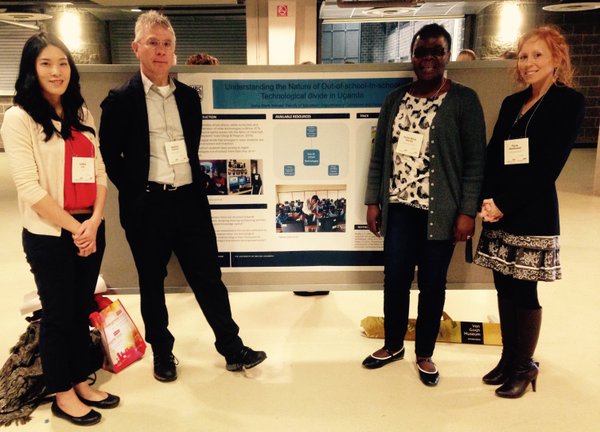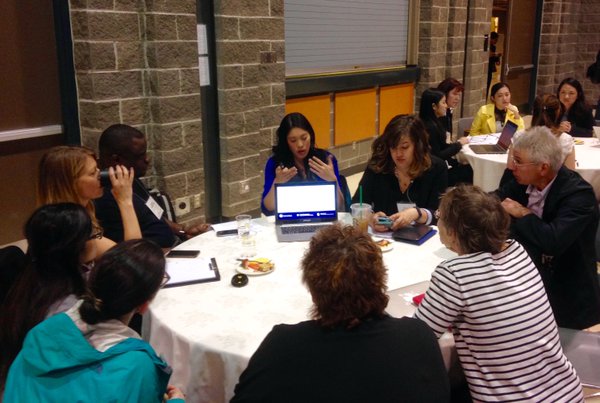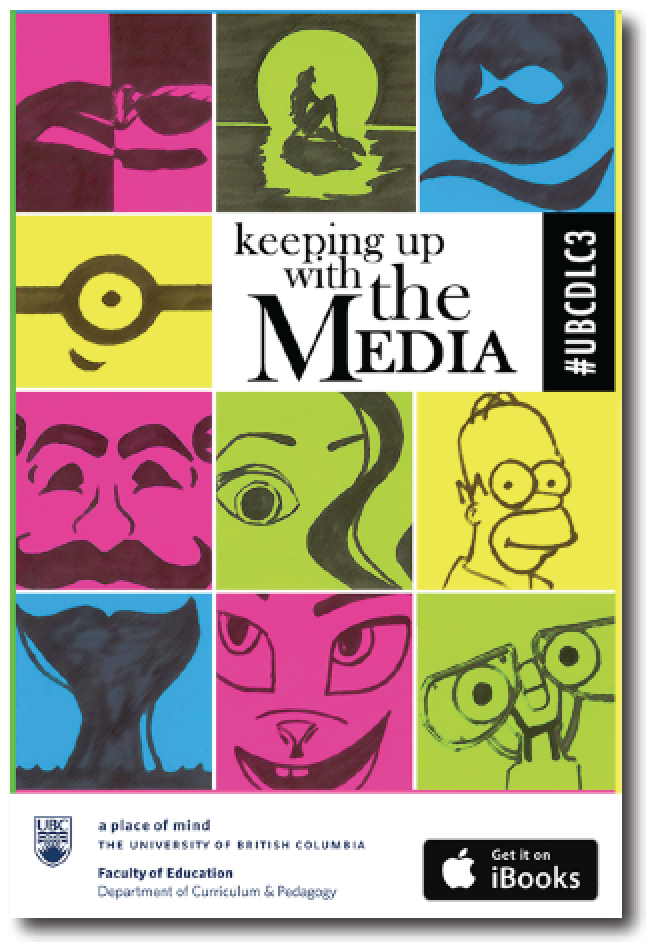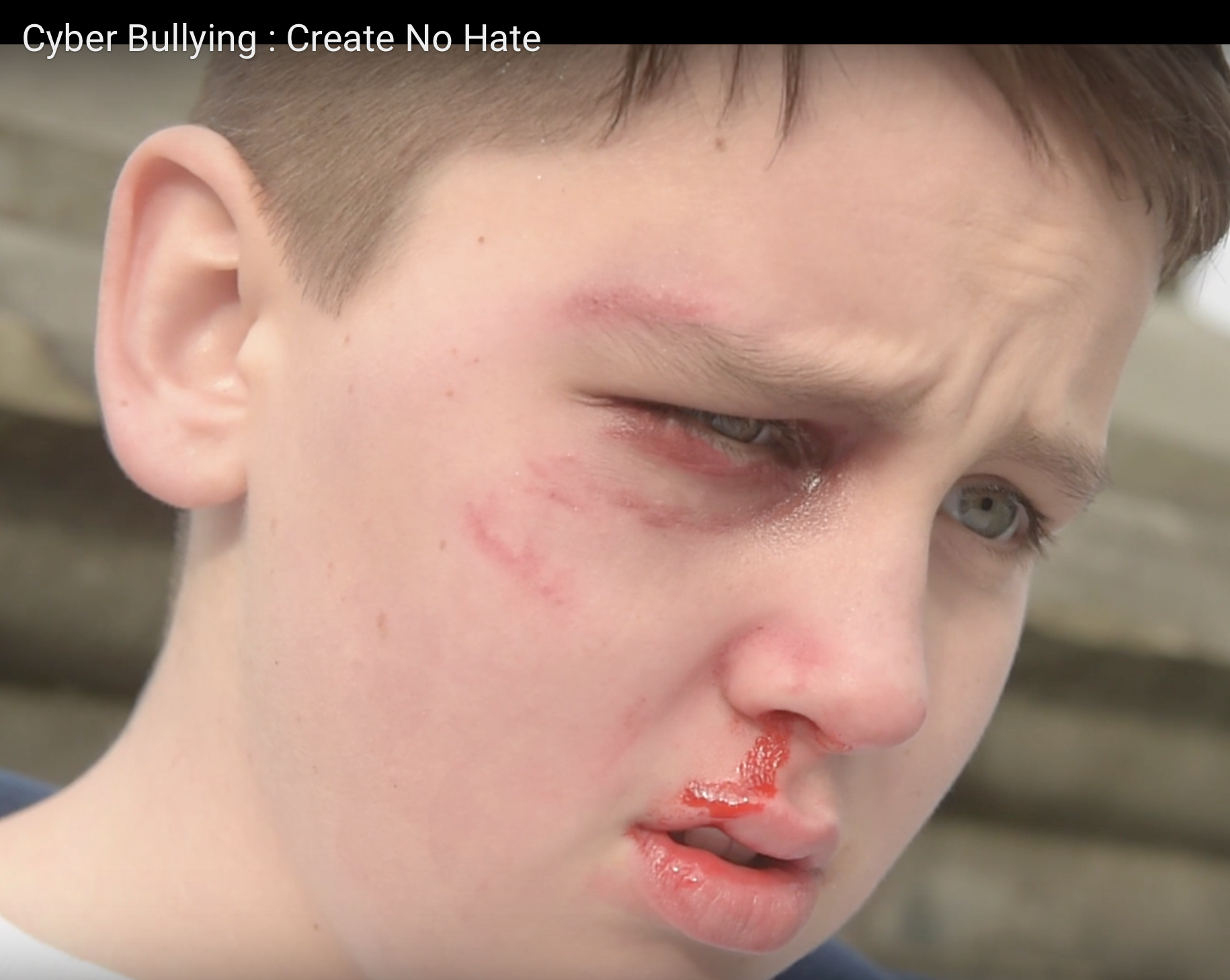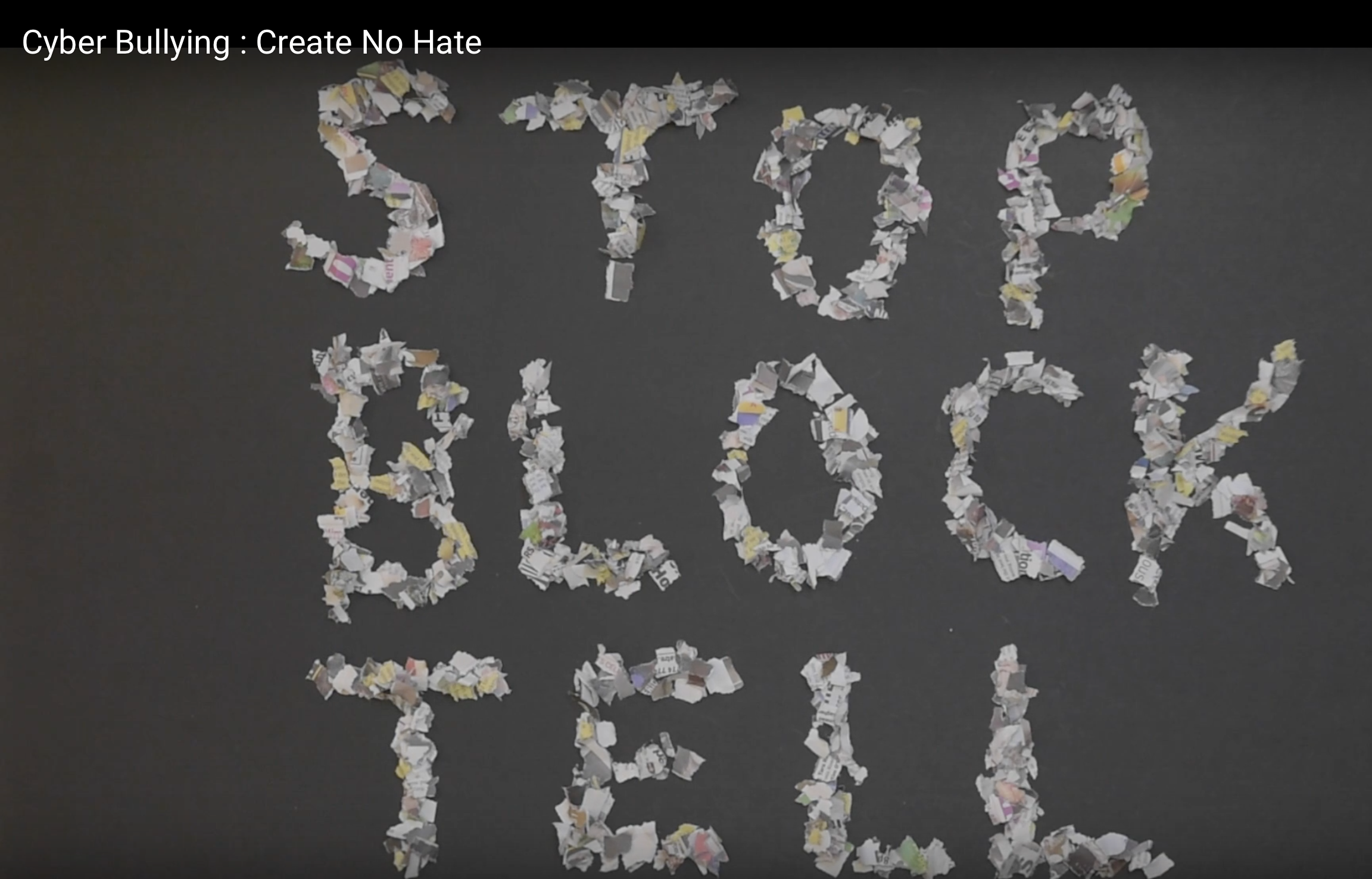You are invited to the
Masters of Arts in Curriculum Studies Thesis Defense
Lesley Liu, BA
TWEENS, TEENS, AND DIGITAL TEXTS:
DESIGNING AFFINITY SPACES TO UNDERSTAND CYBERBULLYING
Thursday September 22, 2016, 3:00 pm, Scarfe 310
ABSTRACT:
This research explores how adolescents design, interpret, and navigate affinity spaces in connection to cyberbullying awareness. A class of Grade 8 students (aged 12-13, mixed gender, and a variety of digital skills) participated in the study. The participants first investigated the use of affinity spaces, collaborative physical and digital spaces (Gee, 2004), then proceeded to design their own spaces for collaborative group work. A variety of data was collected in the form of peer-to-peer pre interviews, OneNote collaborative group journals, in-class observations of class work sessions, and post interviews.
This research situates learning as a social process mediated through interactions using media and technologies of a physical (e.g., private messages, forums, profile pages, self-authored webpages) and semiotic (e.g., language) nature; thus, a socio-cultural discourse approach provides valuable insight and layers of understanding into how children appropriate or learn mannerisms that circulate through real and virtual spaces (Cole, 1985; Leont’ev, 1981; Smagorinsky, 2011; Vygotsky, 1978; Wertsch, 1990). Actor-network theory is employed to explain how humans and technologies assume or create agency in designed spaces (Law & Callon, 1992).
The findings of this study inform how adolescents design affinity spaces (real and virtual) and emphasize design features they recommend to serve as functioning collaborative workspaces, both in and out of the classroom, to prevent or counter cyberbullying. Student-informed or student-designed spaces provide a sense of ownership or self-regulation and give insight as to how codes of conduct inform these spaces and vice versa. Future studies should adopt an iterative process of design-based research to test and refine these affinity spaces (Collins et al., 2004; Wang, Petrina, & Feng, 2015). Recommendations also include future applications of sociocultural theory and activity theory to discern how adolescents differentiate between face-to-face and online communication and practical classroom applications of affinity spaces in secondary schools.
SUPERVISOR: Dr. Stephen Petrina
COMMITTEE MEMBER: Dr. Marlene Asselin
THESIS EXAMINER: Dr. Douglas Adler

 Follow
Follow
